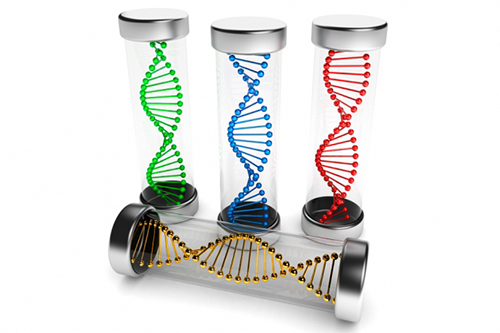



Business Inquiry
Global:
Email:marketing@medicilon.com
+1(781)535-1428(U.S.)
0044 7790 816 954 (Europe)
China:
Email: marketing@medicilon.com.cn
Tel: +86 (21) 5859-1500



Scientists on the Florida campus of The Scripps Research Institute (TSRI) have developed broad methods to design precision medicines against currently incurable diseases caused by RNA. In a study (“Precise Small Molecule Recognition of a Toxic CUG RNA Repeat Expansion”) published online ahead of press in Nature Chemical Biology, the team disclosed several approaches to overcome these hurdles.

“This study reads like science fiction,” said TSRI professor Matthew Disney, Ph.D. “We present for the first time multiple solutions to this long-standing problem. With the precision of a surgeon’s scalpel, we have shown that small molecules can be designed to seek out and destroy only disease-causing RNAs. Further, we developed novel chemical approaches to use a disease-causing RNA to help make its own drug by using that RNA as a catalyst for drug synthesis at the needed site. It is like having your physician place a drug at the right place without exposing healthy cells.”
Although these studies have broad implications for RNA diseases in general, they were demonstrated on myotonic dystrophy type 1, an incurable inherited disorder that involves progressive muscle wasting and weakness. It is caused by an RNA defect known as a “triplet repeat,” a series of three nucleotides repeated more times than normal in an individual’s genetic code, in this case, a cytosine-uracil-guanine (CUG) triplet.
In many genetic diseases, there are two copies of the problem gene—a mutant copy that causes a disease and a normal copy that a cell needs to survive. Selective recognition of the diseased gene product has not been possible before. This new study demonstrates that designer small molecules can selectively recognize larger, disease-associated repeats (alleles) over shorter, normal ones.
“We developed several approaches to create allele-selective small molecules that seek out only the disease-causing gene product, including covalent binding, cleavage, and imaging,” said TSRI research associate Suzanne G. Rzuczek, Ph.D., first author of the study. “All approaches show precise recognition of toxic r(CUG) repeats and, more importantly, they showed that the mutant repeat is the sole target.”
The work also offers an innovative way to track the movement of RNA in a diseased cell via imaging. “We have brought RNAs out of the darkness and into the light by developing a chemical flare that goes off when a drug targets the RNA in a diseased cell and then continues to track the RNA’s movement,” added Dr. Disney.
“We probed disease-causing RNA using a technique called fluorescence lifetime imaging—a sensitive technique to measure fluorophore binding,” noted Ryohei Yasuda, Ph.D., from the Max Planck Florida Institute for Neuroscience. “We were very excited when we observed a huge difference in signal from their probes between disease cells and normal cells under our microscope technique.”
According to Max Planck’s Lesley Colgan, Ph.D., “The combination of cutting-edge chemistry and microscopy techniques developed in Florida is a powerful approach to identify new methods to probe and manipulate (and kill) disease-causing RNA in cells.”
 Relevant
news
Relevant
news